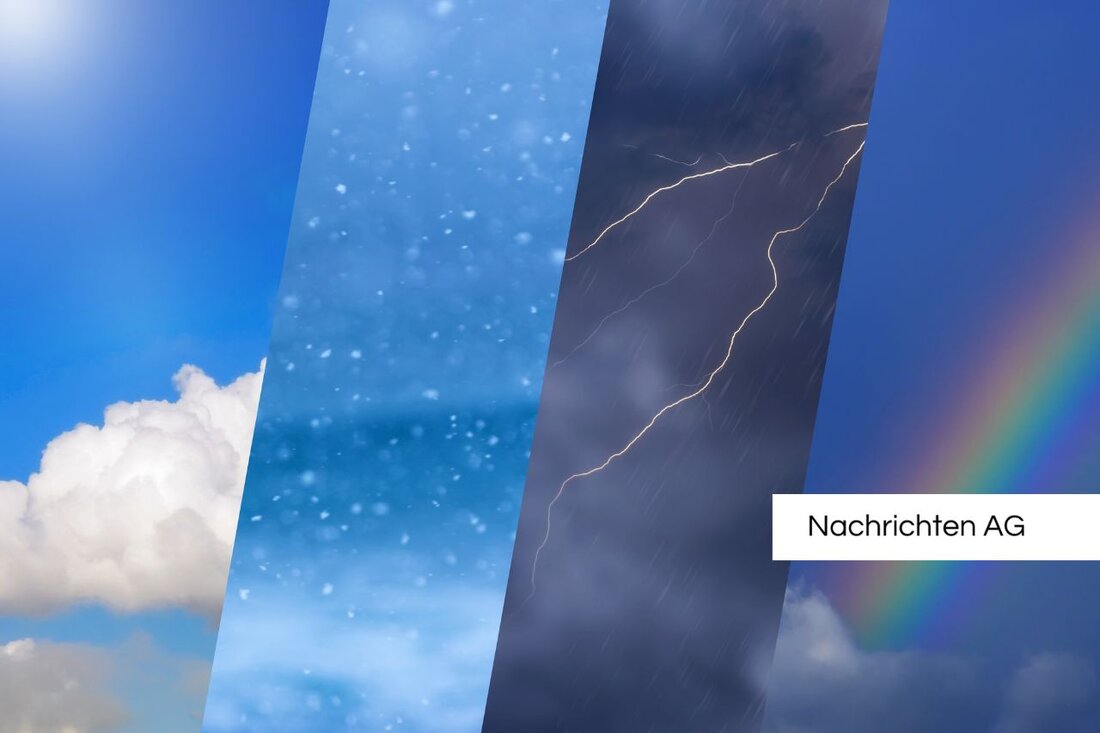Northern light over Saxony: The natural spectacle of the year!

Northern light over Saxony: The natural spectacle of the year!
In the night of Saturday, June 14, 2025, the people in Saxony experienced an impressive natural spectacle: Northern lights dancing across the sky in dazzling purple and red tones. That evening, photographer Tim Meyer documented the fascinating impressions in Dittersbach, Striegistal. The reason for this spectacular spectacle was strong solar activities, which were triggered by the sun by a mass drainage of loaded particles. This information was confirmed by the US atmospheric authority NOAA, which registered a geomagnetic storm on this occasion, which made the Northern lights visible in many regions of Europe.
For the night from Saturday to Sunday, a high probability for further northern lights, especially in northern Germany and possibly also in Saxony, is predicted. According to the weather forecast of the German Weather Service (DWD), there should be a precipitation -free night with little cloudy. This offers ideal conditions for everyone who wants to use the spectacular sight. The best time for the observation is at midnight, and you should go to a dark place far from the big cities to see the lights in full splendor. A bit of equipment cannot hurt: the night mode of smartphones and a tripod for longer exposure times can help to optimally capture the northern lights.
a wave of solar activity
The current phase of solar activity is remarkable. The sun cycle, which extends over a period of about eleven years, is now at a high point, which increases the likelihood of sights of northern lights. According to experts such as Sami Solanki from the Max Planck Institute for Solar System Research, the chances of impressive polar lights increase in strong sun eruptions. The mass outline, which was registered a few days ago, could even trigger a geomagnetic storm in the G4 category, which also affects higher widths in Germany.
The chances of vision for the northern lights are particularly strong in the middle of Germany and the northwestern half, which includes North Rhine-Westphalia to the North and Baltic Sea. Medium opportunities for observations also exist in the Alpine regions. However, in the south and east of Germany, more cloudy weather is expected, so that the view in these regions could be beepy. Nevertheless, loosening could also occur there that allow a look at the Aurora.
What do geomagnetic storms mean?
geomagnetic storms are not only a fascinating weather phenomenon, they can also have a significant impact on our daily life. A strong storm can interfere with power grids and affect satellites in their function. The latest studies appreciate the socio -economic damage that could arise from extreme space weather events in Europe at around 15 billion euros. But despite all the fragmentation and sometimes worrying aspects, the spectacle of the Northern Lights remains a majestic and previously unmatched experience.
In the end, the phenomenal interplay between solar activity and the earth's magnetic field shows how rather invisible forces can make the night sky shine in such a way. If you feel like it, you should not miss the chance to watch the Northern Lights in the coming nights. A look at the sky could be worthwhile during this time.
If you want to find out more about it, you will receive more details from Sächsische.de href = "https://www.t-online.de/wissenschall/id_100748714/polarlichter-ueber-wo-sie-das-spektakel-bachten-koennten.html"> t-online.de and detailed scientific insights at mpg.de .
| Details | |
|---|---|
| Ort | Dittersbach, Deutschland |
| Quellen | |
